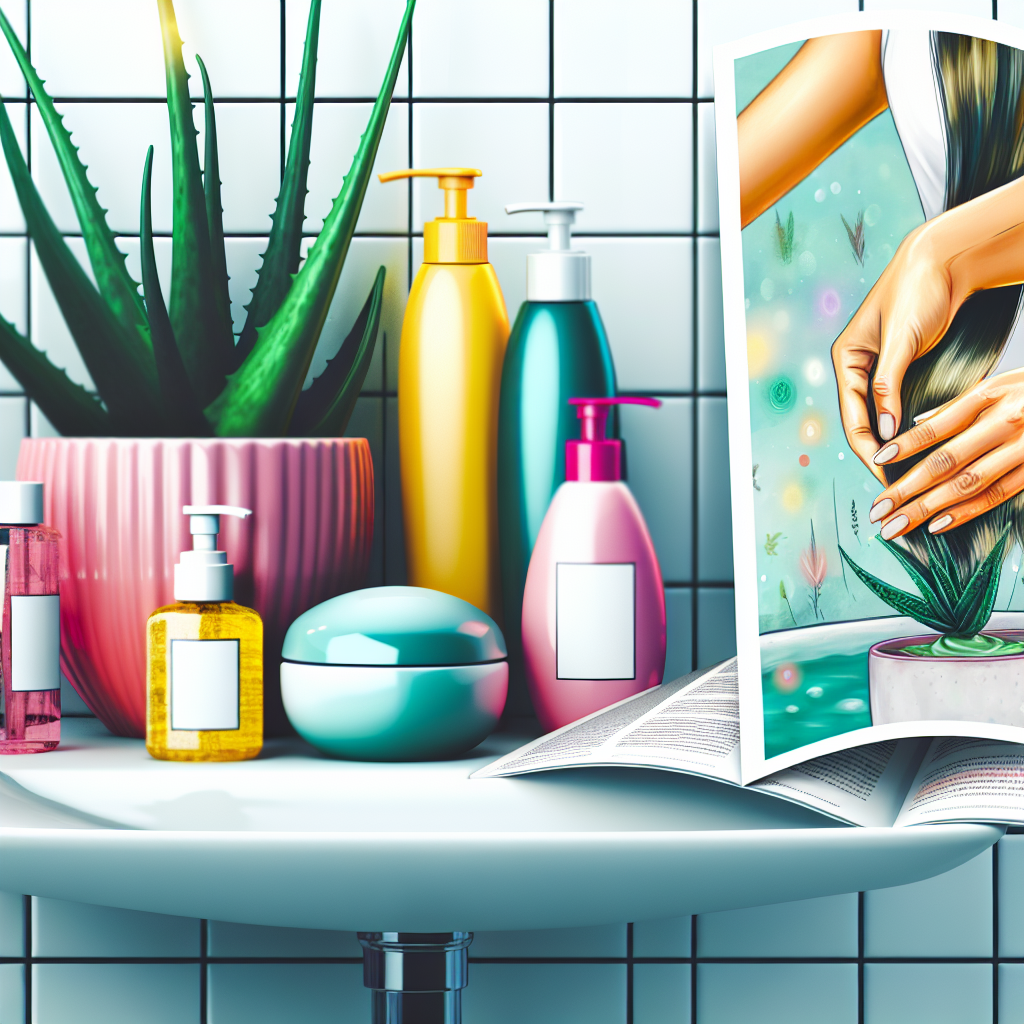Female Hair Loss Treatments and Prevention
Introduction
In an age where self-care is not just a trend but a lifestyle, the way a woman feels about her hair profoundly shapes her confidence and identity. Hair has long symbolized femininity, strength, and allure—gracing fashion runways and beauty campaigns as a cornerstone of aesthetic elegance. But unlike breakouts or dryness, female hair loss can trigger anxiety and insecurity that deeply affect daily living. Whether resulting from hormonal imbalances, stress, aging, or environmental aggressors, the condition impacts millions globally—yet it remains surrounded by stigma.
Thanks to the rise of the luxury wellness movement, today’s modern woman demands a higher standard in self-care—scientifically backed, indulgently formulated, and elegantly delivered. More women are investing in their scalp care the same way they care for their skin, tapping into a world of advanced solutions like laser therapies, nutrient-dense elixirs, and clinical-grade serums.
Unlike men’s more visual balding patterns, female hair thinning often begins subtly: increased shedding, a widening part, and less volume at the crown. Causes range from perimenopause and PCOS to postpartum hormonal shifts and chronic stress. These diverse causes call for personalized approaches centered on science, high-performance wellness, and sustainable sophistication.
Modern remedies effortlessly blend medical-grade interventions with luxury-grade botanicals. From stem cell-rich elixirs to adaptogen blends and red-light therapy helmets, the market has evolved to offer truly transformative care. Hair loss is no longer just an issue—it’s a platform for empowerment, health-focused indulgence, and beautiful transformation.
Features: The Science Behind Female Hair Loss Treatments
Female pattern hair loss (FPHL), clinically termed androgenetic alopecia, affects an estimated 40% of women by age 50, according to the American Academy of Dermatology. This form of hair thinning is mainly genetic, but hormonal imbalances—specifically involving dihydrotestosterone (DHT), a testosterone byproduct—are significant contributors. DHT binds to receptors in hair follicles, causing them to shrink and eventually stop growing.
A cornerstone treatment is Minoxidil, an FDA-approved topical formula offered under brand names like Rogaine. It works as a vasodilator to increase scalp blood flow and extend the growth phase of hair. Clinical studies indicate a 60–70% improvement in hair density with consistent application over six months. Learn more on its efficacy at the National Library of Medicine.
Another scientifically validated approach is Low-Level Laser Therapy (LLLT). This red-light treatment stimulates cellular activity in hair follicles, promoting natural regrowth. A 2014 clinical study in Lasers in Surgery and Medicine found that LLLT increased hair density by an average of 37% over six months. Luxury wearables like the Theradome LH80 PRO and Capillus laser caps bring this innovation to the home—delivering clinical-grade outcomes with spa-like convenience.
Elite regenerative therapies such as Platelet-Rich Plasma (PRP) injections leverage your body’s own biology to boost growth. High-end dermatology clinics offer PRP as a custom protocol, where platelets are separated from your blood and injected into the scalp to stimulate follicular repair. A 2020 meta-analysis in the Journal of Cosmetic Dermatology confirmed that PRP enhances density and vitality in androgenetic alopecia patients.
On the holistic front, adaptogenic formulas are gaining traction for their internal balancing benefits. Ashwagandha, an adaptogen known for regulating stress hormones, has been shown to lower cortisol and improve systemic inflammation. Brands like Nutrafol and Viviscal combine ashwagandha with marine collagen and biotin in their premium supplements tailored for women’s hair wellness. Explore the adaptogen science on PubMed.
Hormonal therapies such as spironolactone or oral contraceptives are often used under medical guidance to regulate androgen excess. These treatments are especially beneficial in conditions like PCOS that result in hormonal misalignment. Dermatologists commonly prescribe them alongside topical or laser therapies for a synergistic effect.
These innovations together affirm that luxury hair restoration is more than aesthetic—it’s about scientific excellence, health optimization, and elegant self-investment.
Conclusion
Female hair loss is no longer a silent struggle. In today’s sophisticated self-care culture, tackling hair loss is an act of empowerment. Backed by science and elevated by design, luxurious hair restoration blends clinical precision with holistic nourishment. For women who view beauty as a reflection of inner strength, investing in a high-performance hair care strategy isn’t just vanity—it’s vitality. Because in this new era of evolved wellness, confidence begins at the root.
Concise Summary
Female hair loss, affecting up to 40% of women by age 50, often stems from hormonal changes, genetics, and chronic stress. Modern treatments like Minoxidil, low-level laser therapy, PRP injections, and adaptogenic supplements offer targeted, science-backed solutions. These advanced therapies integrate luxury-grade ingredients, medical innovation, and holistic wellness to restore follicle health and enhance volume. Personalized strategies—ranging from red-light devices to hormonal regulation—redefine high-end self-care. Today’s empowered woman uses hair wellness not just for restoration but for confidence, vitality, and radiant self-expression.
References
– American Academy of Dermatology: Female Pattern Hair Loss
– National Library of Medicine: Topical Minoxidil in the Treatment of Hair Thinning
– Wiley Online Library: LLLT in Female Pattern Hair Loss
– PubMed – Journal of Cosmetic Dermatology: PRP Injection Meta-Analysis
– National Library of Medicine: Ashwagandha and Adaptogenic Effects
Explore indulgent hair wellness routines and dermatologically approved treatments curated for the empowered MoxyGal.

Dominic E. is a passionate filmmaker navigating the exciting intersection of art and science. By day, he delves into the complexities of the human body as a full-time medical writer, meticulously translating intricate medical concepts into accessible and engaging narratives. By night, he explores the boundless realm of cinematic storytelling, crafting narratives that evoke emotion and challenge perspectives. Film Student and Full-time Medical Writer for ContentVendor.com




